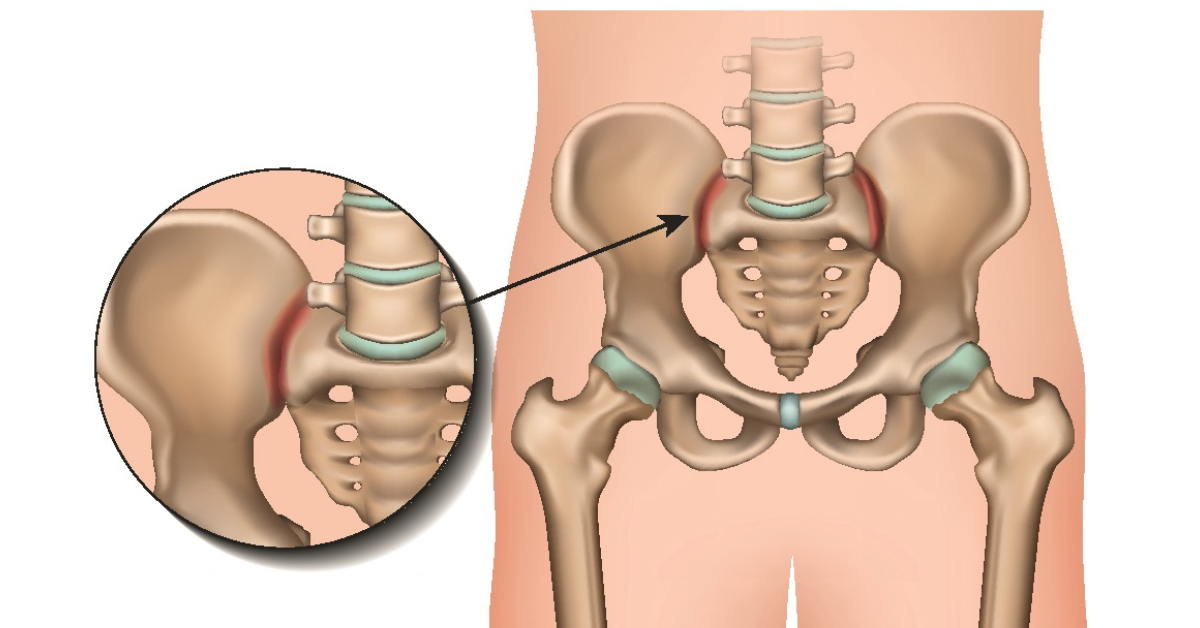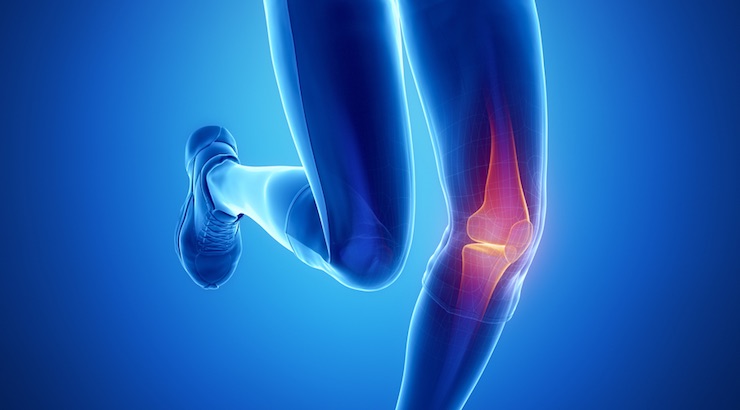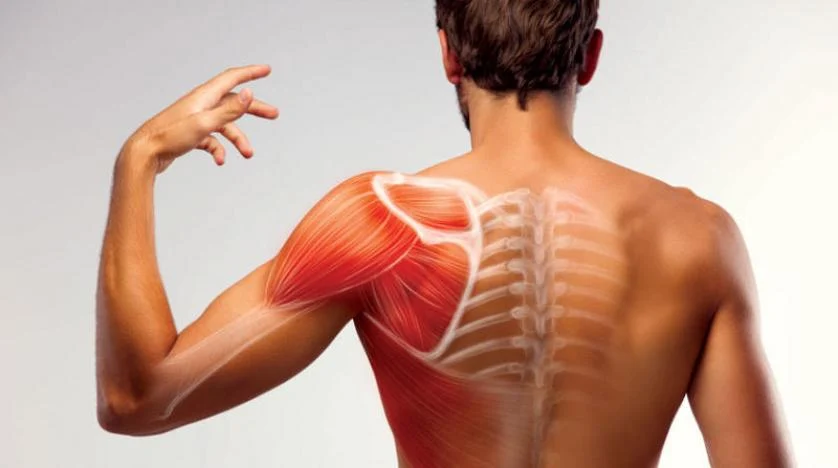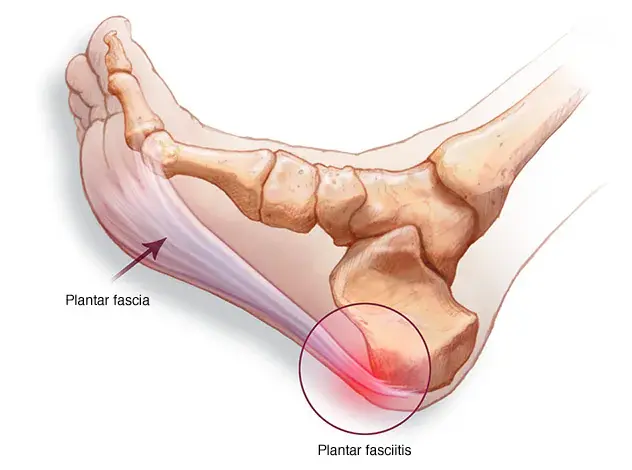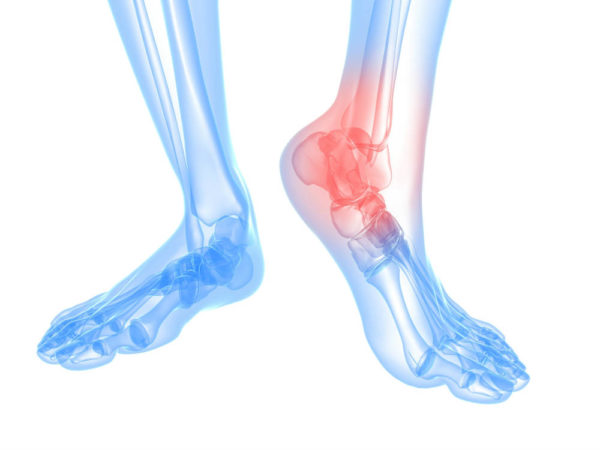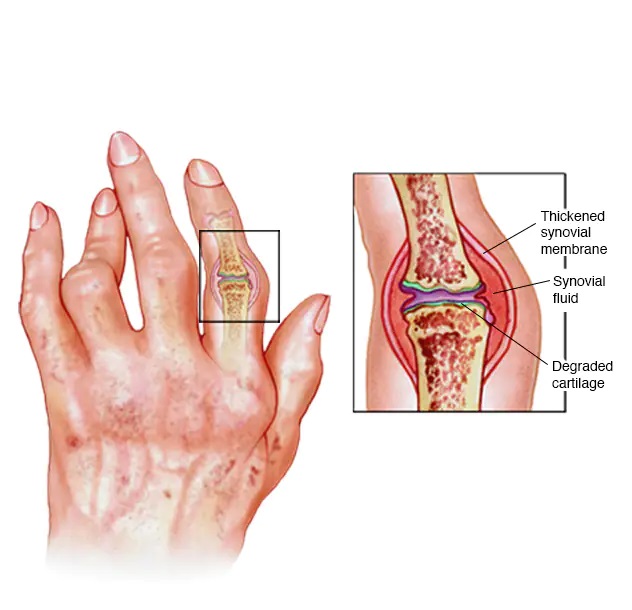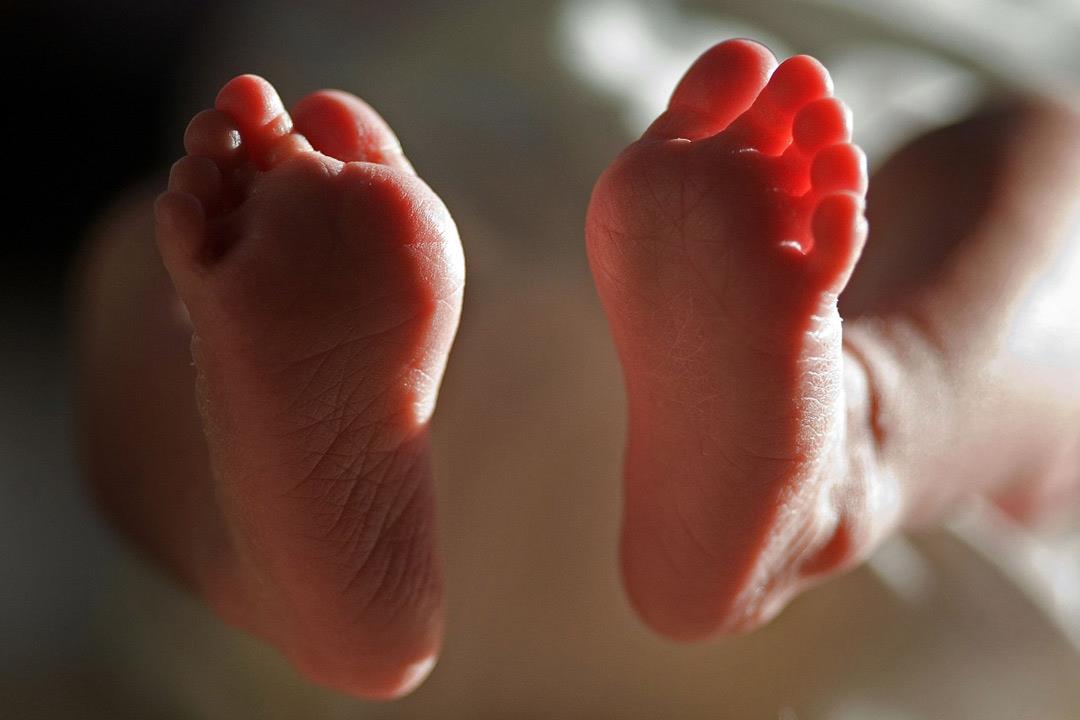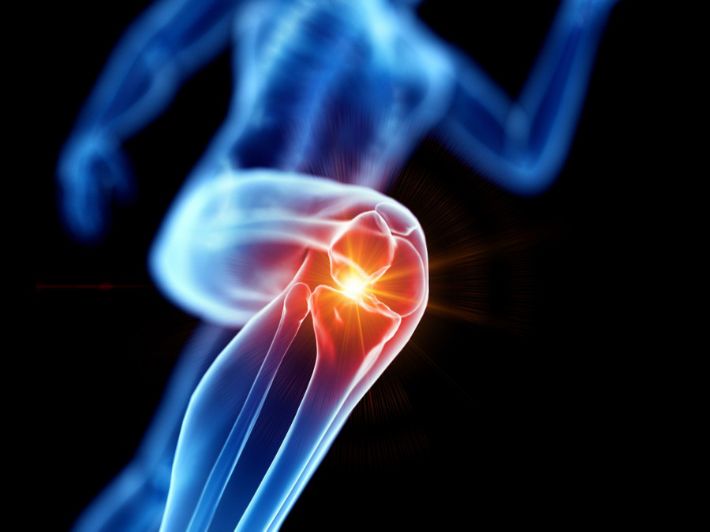Learn about the types of osteoporosis
There are several osteoporosis and each of them has its cause, which can affect bone density in the body and the extent of bone stiffness, and in the following article, we explain all the necessary information regarding osteoporosis.
Types of osteoporosis
Osteoporosis has more than one type, and determining the type depends on the reason that occurred to the body and in turn affected the bones and caused its thinning, which caused the symptoms of fragility and pain that accompanies a patient with osteoporosis, and it is important to know the type so that the identification of the treatment is more accurate and more effective.
There is more than one type of osteoporosis:
The first type osteoporosis “Primary Osteoporosis”
The first type of osteoporosis usually occurs in women with a greater percentage of men up to 95% of the cases of ladies with osteoporosis, and the injury occurs in women due to menopause and the body’s exposure to a severe estrogen deficiency that helps in bone growth.
This type can also affect men when aging as one of the symptoms of aging and impotence, and mostly in men are over 70 years, and a thinning occurs to the wrist bones, back, and forearm bones and the first type can affect young people and is called when (Juvenile osteoporosis) and occurs for younger work from 8 to 14 years.
The second type osteoporosis “Secondary Osteoporosis”
This type of osteoporosis is the result of certain types of medications that a person takes due to exposure to a healthy disease or problem, and thus the bone mass is affected in the body and its composition is less than normal, which causes an imbalance in the bone and its strength.
There are some diseases whose drugs affect bone health, including the following:
- Hypothyroidism and thyroid neighbor.
- Breast cancer diseases.
- Renal disorder.
- blood cancer.
- Take corticosteroid medications.
The patient needs to know that when you stop taking this type of medicine, he can feel an improvement in symptoms and be less, especially if the osteoporosis is in its early stages.
Other types of osteoporosis
Other types of osteoporosis occur osteoporosis in the bone and its density is less, including fragility, which is caused by pregnancy injuries, which increases the osteoporosis, especially the back and pelvis, and the disease can be treated permanently when adhering to the prescribed medications, especially when early detection.
There is a more rare type of osteoporosis, which is similar to birth defects that affect bone density and the extent of the damage that occurs in it and is with the child from the first day of childbirth.
Osteoporosis measurement
Some practical tests help to ensure that the person has osteoporosis and the occurrence of thinning and softness in the bones, and this test is called a “bone density test” and it can be known as the person is exposed to osteoporosis and the influence of the disease.
The importance of testing bone density
Doctors use the bone density test to find out several information such as:
- Determine the actual bone density and extent of the damage.
- Ensure that the person has osteomalacia.
- Know the risks of bone fractures.
- Find out the extent of improvement in the condition of the osteoporosis patient.
How to perform a bone density test
A bone density test is performed by the patient lying on a device that looks like a table, and an x-ray is shone on the part to be tested, and the density can be measured through the extremities, including the fingers, wrist, and heel. This analysis gives an initial form of bone density and can be performed on the bones of the whole or part of the body, according to the recommendations of the attending physician.
Read bone density test results
The results of the bone density test depend on the numbers that appear and are divided as follows:
- When results are of -1 or greater, this is the normal bone density ratio.
- When results are from -1 to -2.5, this is an indication of a health issue with your bone density.
- When results are of -2.5 or less, this is a sign that a person has osteoporosis.
Complications of osteoporosis
Osteoporosis is one of the diseases that occur as a result of low bone density and exposure to severe pain and fractures. A patient with osteoporosis can develop complications if his treatment is neglected, which are as follows:
- Multiple fractures of the spine and hip.
- Having a disability in movement and limiting the range of daily activities.
- Atrophy of bones and joints.
- A deformity that affects the joint, especially the knee, and reduces its movement.
- Short stature and a noticeable curvature in the back vertebrae.
Osteoporosis medication side effects
A patient with osteoporosis can be exposed to some risks of medication, but in rare cases, the effect often occurs on the thigh bones and causes them to crack, and the medications can cause risks to the jaw bones and lead to difficulty in their recovery, and the matter is usually discovered by treating dental diseases.


